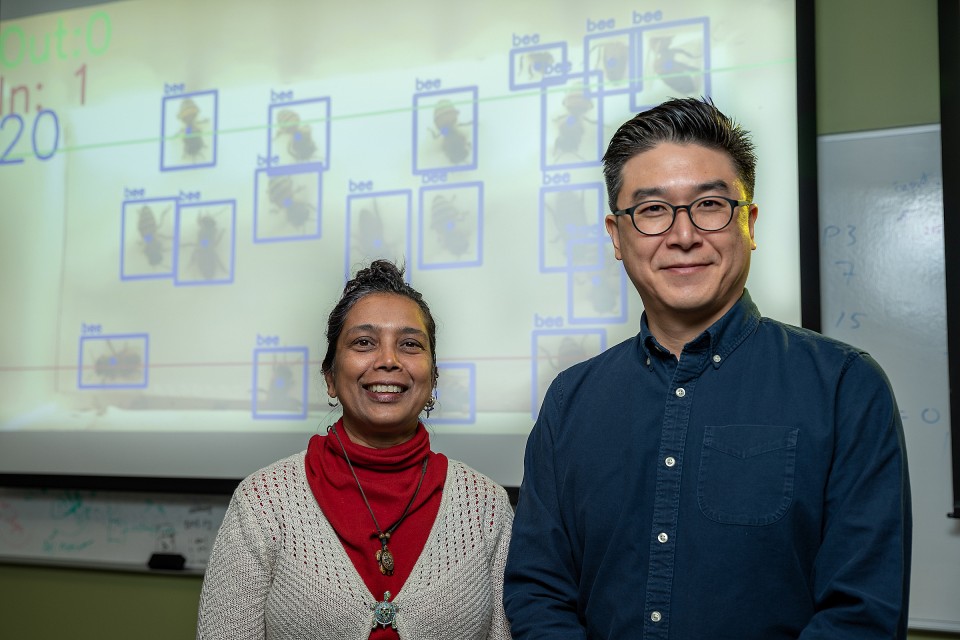Document Type
Article
Publication Date
2020
Abstract
Motivated by advances is nanoscale applications and simplistic robot agents, we look at problems based on using a global signal to move all agents when given a limited number of directional signals and immovable geometry. We study a model where unit square particles move within a 2D grid based on uniform external forces. Movement is based on a sequence of uniform commands which cause all particles to move 1 step in a specific direction. The 2D grid board additionally contains \blocked" spaces which prevent particles from entry. Within this model, we investigate the complexity of deciding 1) whether a target location on the board can be occupied (by any) particle (occupancy problem), 2) whether a specific particle can be relocated to another specific position in the board (relocation problem), and 3) whether a board configuration can be transformed into another configuration (reconfiguration problem). We prove that while occupancy is solvable in polynomial time, the relocation and reconfiguration problems are both NP-Complete even when restricted to only 2 or 3 movement directions. We further define a hierarchy of board geometries and show that this hardness holds for even very restricted classes of board geometry.
Recommended Citation
Caballero, D., Cantu, A. A., Gomez, T., Luchsinger, A., Schweller, R., & Wylie, T. (2020). Hardness of Reconfiguring Robot Swarms with Uniform External Control in Limited Directions. arXiv preprint arXiv:2003.13097.


